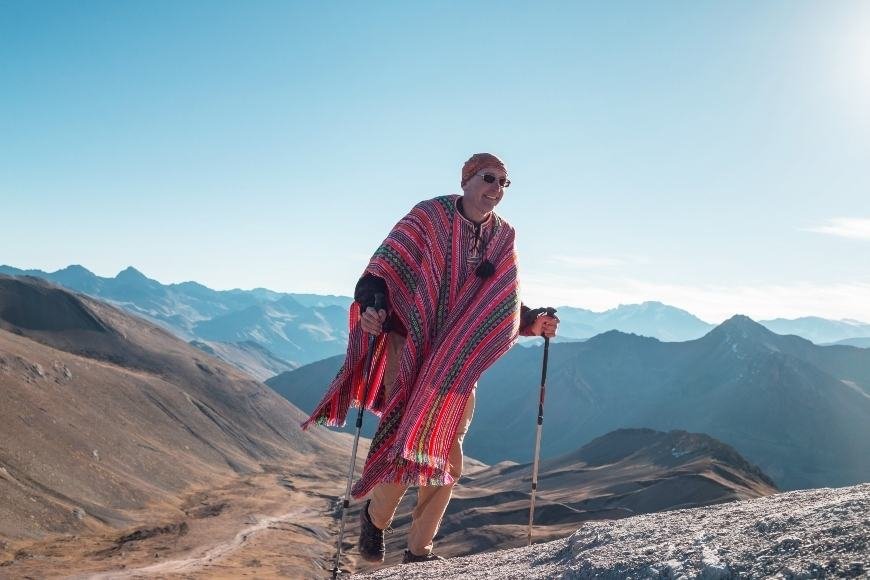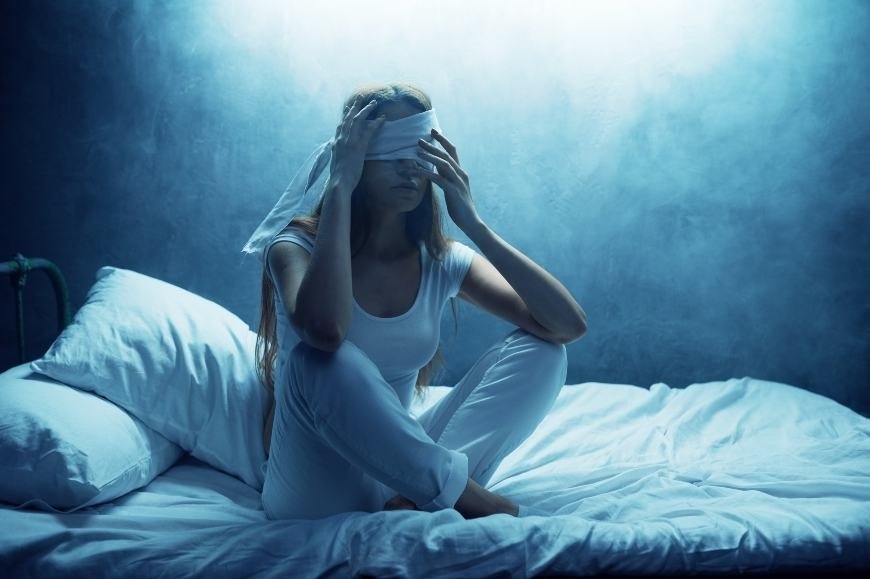What is Peruvian Torch?
Learn about the fascinating world of the Peruvian Torch cactus, a fast-growing columnar plant native to the Andes Mountains in Peru.

What is Peruvian Torch? A question that piques the curiosity of young adults seeking to explore the world of psychoactive cacti. This fascinating plant, known scientifically as Echinopsis peruviana, has a rich history and intriguing effects on those who consume it.
Tracing the history of Echinopsis peruviana from its traditional uses in Andean cultures, this blog post will explore the effects of ingesting Peruvian Torch cactus and compare them to those of San Pedro cactus. We will also examine its effects when ingested and compare them with those of its popular cousin, the San Pedro cactus.
Furthermore, we will discuss potential side effects associated with consuming this psychedelic cactus and address concerns about its safety. Finally, we'll touch upon the legality surrounding Peruvian Torch use around the globe. So join us on this captivating journey to uncover everything there is to know about what Peruvian Torch truly is.
Table of Contents:
- Peruvian Torch: A Psychedelic Cactus
- Uncovering the Ancient Use of Peruvian Torch
- FAQs in Relation to What is Peruvian Torch
- Conclusion
Peruvian Torch: A Psychedelic Cactus
Discover the fascinating world of the Peruvian Torch cactus, a fast-growing columnar plant native to the Andes Mountains in Peru.
Containing mescaline, a powerful psychedelic compound, the Peruvian Torch has been used for centuries by indigenous people for its psychoactive properties and traditional medicinal purposes.
Delve into the age-old tradition of this hallowed vegetation, employed in sacred rituals and healing practices for ages.
Experience the effects of Peruvian Torch, which can induce visual hallucinations, euphoria, spiritual insights, and increased self-awareness.
Be aware of the potential risks and side effects of consuming preparations made from this psychedelic cactus, including nausea, anxiety, and rapid heart rate.
Consider the safety profile of Peruvian Torch and consult with a healthcare professional before use, especially if you have pre-existing medical conditions or mental health issues.
Understand the legal status of Peruvian Torch in different countries worldwide, as it varies significantly depending on the location.
Uncovering the Ancient Use of Peruvian Torch

Discovering the Spiritual Significance of Echinopsis peruviana
Peruvian Torch, a cactus native to Peru and known for its rapid growth rate, has been used by indigenous people throughout the ages for its potent psychoactive effects as well as spiritual importance.
Archaeological findings reveal that Peruvian Torch played an essential role in traditional healing practices and religious ceremonies of pre-Columbian civilizations such as Chavin, Moche, and Nazca cultures.
- Chavin culture: The San Pedro cactus, a close relative to Peruvian Torch, was revered for its visionary effects, with carvings found at their temple complex depicting shamans holding San Pedro while surrounded by supernatural beings.
- Mochica culture: Mochica pottery depicted scenes involving consumption of hallucinogenic plants like Peruvian Torch during ceremonial activities led by priests or healers who sought divine guidance through these experiences.
- Nazca culture: Ceramic vessels illustrated ritualistic use of psychedelic substances like mescaline-containing cacti from around 200 BCE to 600 CE.
Mescaline, the psychoactive alkaloid found in Peruvian Torch, has been utilized for millennia by indigenous peoples across the Americas to induce profound spiritual experiences.
Today, Peruvian Torch continues to hold cultural significance among local communities who still practice these ancient traditions, and it has gained popularity among psychonauts worldwide seeking unique psychedelic journeys outside of more commonly known substances like LSD or psilocybin mushrooms.
While many countries have strict regulations surrounding mescaline-containing plants, some regions allow cultivation and use of Peruvian Torch for personal growth and exploration.
As interest in plant-based medicines grows globally, it's essential to remember the rich history behind these sacred plants like Peruvian Torch and respect their cultural significance while ensuring responsible use within contemporary contexts.
Peruvian Torch: A Psychedelic Journey
Unlocking the Mysteries of Mescaline
Peruvian Torch, a cacti native to the Andes region, has been used for ages by local peoples due to its hallucinogenic effects.
Mescaline, the primary active ingredient in Peruvian Torch, induces an altered state of consciousness characterized by vivid visuals, sensory enhancement, euphoria, emotional shifts, and spiritual experiences.
- Vivid Visuals: Colorful geometric patterns and intricate fractals morph and change over time.
- Sensory Enhancement: Taste, touch, sound, and color become more pronounced and intense.
- Euphoria & Emotional Shifts: Feelings of joy, sadness, or fear may lead to personal insights or revelations.
- Spiritual Experiences: Connection with nature or mystical encounters with deities or spirits may occur.
Effects become evident 1-2 hrs post ingestion, and the experience can range from 6 to 12 hours.
While many find Peruvian Torch experiences enjoyable and enlightening, others may have challenging or uncomfortable trips. Set and setting play a crucial role in determining the overall experience. Peruvian Torch is often consumed as part of traditional shamanic ceremonies, where participants seek healing or spiritual growth under the guidance of an experienced ayahuasquero. As interest in alternative methods for personal development and exploration of consciousness grows, more people are experimenting with Peruvian Torch outside its traditional context. To ensure a positive journey, it's essential to be in a comfortable environment with trusted friends or experienced guides who can provide support if needed.
Unlock the mysteries of mescaline and embark on a psychedelic journey with Peruvian Torch.
Peruvian Torch Side Effects: What You Need to Know

Before trying the Peruvian Torch cactus, it's important to understand the potential risks and side effects.
Mescaline, the primary active element, may bring about physical sensations like feeling sickly, vomiting, unsteadiness, faster heartbeat and blood pressure levels, trembling muscles and dilated pupils.
Psychological side effects may include visual hallucinations, altered perception of time and space, intense emotions (both positive and negative), and anxiety or paranoia in high doses or unfamiliar settings.
It's crucial to be aware of these potential side effects and to approach the Peruvian Torch with caution.
Is Peruvian Torch Safe?
Before trying Peruvian Torch, it's important to understand the potential risks and take necessary precautions.
The primary psychoactive compound in Peruvian Torch is mescaline, which has been used for centuries by indigenous peoples in spiritual and healing ceremonies.
Research suggests that mescaline is relatively safe when taken responsibly and under proper guidance.
Before taking mescaline, it's important to consider potential allergies, existing mental health issues and possible drug interactions.
Responsible use of Peruvian Torch involves preparing both mentally and physically for the experience ahead.
It's also essential to source your Peruvian Torch from a reputable supplier and properly identify and prepare the plant material.
If you're new to psychedelics or looking for more information on safely consuming them, The Multidisciplinary Association for Psychedelic Studies (MAPS) offers valuable resources on harm reduction and navigating challenging experiences.
Approach the use of Peruvian Torch with caution, be aware of potential risks, and prioritize mental and physical well-being throughout the experience.
Peruvian Torch Legality: What You Need to Know
Peruvian Torch legality is a complex issue that varies from country to country, so it's important to do your research before getting involved.
- In the US, while mescaline is categorized as a Schedule I drug, there are no explicit regulations concerning Peruvian Torch.
- In Canada, mescaline is a controlled substance, but there are no specific laws regarding Peruvian Torch.
- In Australia and New Zealand, mescaline is illegal, but there are no specific laws addressing Peruvian Torch.
- In the EU, mescaline is controlled, but individual member states may have their own regulations regarding Peruvian Torch.
- In the Netherlands, it's legal to buy and sell live cacti containing mescaline for ornamental purposes only, but preparing them for consumption is illegal.
- Peruvian Torch legality varies widely in other countries around the world.
Always research local laws before buying or growing any psychedelic substances, as even if a country doesn't specifically regulate Peruvian Torch by name, its psychoactive component - mescaline - might still be considered illegal under drug control legislation.
FAQs in Relation to What is Peruvian Torch
What is the scientific name of the Peruvian Torch?
The Peruvian Torch cactus, also known as Echinopsis peruviana (formerly Trichocereus peruvianus), is a fast-growing columnar cactus native to Peru that has been traditionally used for its psychoactive properties.
How can you identify a Peruvian Torch?
The Peruvian Torch can be identified by its tall, cylindrical shape with multiple ribs running vertically along each stem, small spines on the areoles, and large white or light pink flowers during blooming season.
What is the primary use of the Torch Cactus?
The Torch Cactus, specifically Peruvian Torch, is primarily used for its mescaline content - a naturally occurring psychedelic alkaloid - and has been utilized in traditional medicine and spiritual practices by indigenous communities in South America.
How tall can a Peruvian Torch grow?
A mature Peruvian Torch can grow up to 6 meters (20 feet) tall under ideal conditions, but most cultivated specimens typically reach heights between 2-5 meters (7-16 feet) and grow faster than other mescaline-containing cacti like Peyote or San Pedro.
Conclusion
Peruvian Torch, a South American cactus, contains mescaline, a psychoactive compound used for spiritual and medicinal purposes by indigenous tribes for centuries. While it can produce positive effects like euphoria and enhanced creativity, it's important to use caution due to potential side effects such as nausea and anxiety. Research the legality in your area before obtaining it.






































































































































